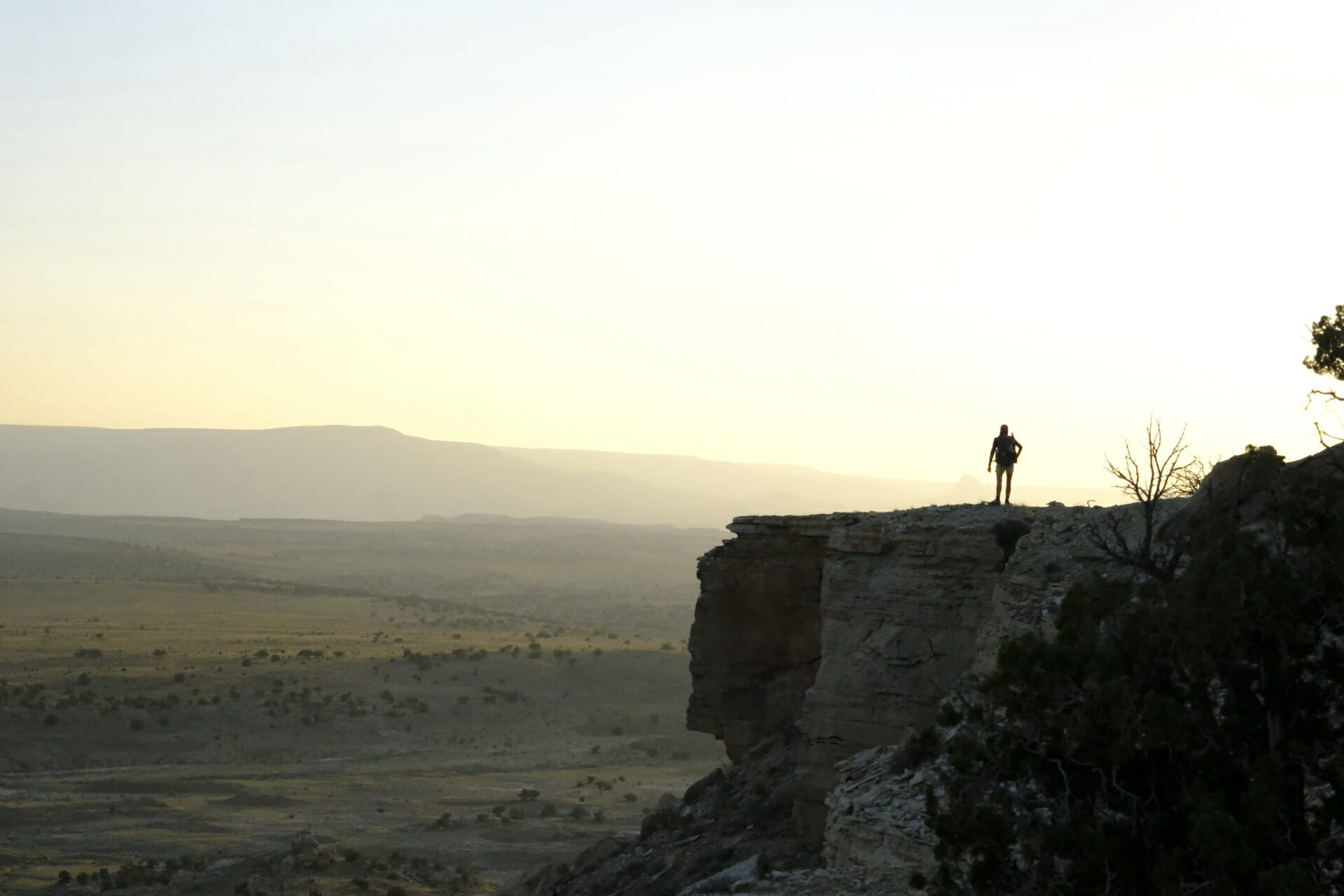By Henry Strawbridge
Editor’s Note: The Strawbridge family from Lakeland, Fla., hiked the length of the Continental Divide Trail – all 3,100 miles of it – from Canada to Mexico. Henry Strawbridge, 14, provided updates of their journey to Trout Unlimited as they passed through the historic range of seven native trout species. You can track the family and see reports submitted by Henry on this map.
Imagine a pure blue sky. Then start bringing your gaze down. You eventually see the flat tops of mesas with their weird rock forms and steep cliffs. Now look even lower. A valley flat and barren with strangely deep gorges carving into its surface. Do you see a welcoming landscape for hikers on foot? No, you see long hot days ahead. Instinctively, that’s what I saw when I looked at the section between Cuba and Grants.
”Are we ready?”
“Here we go.”
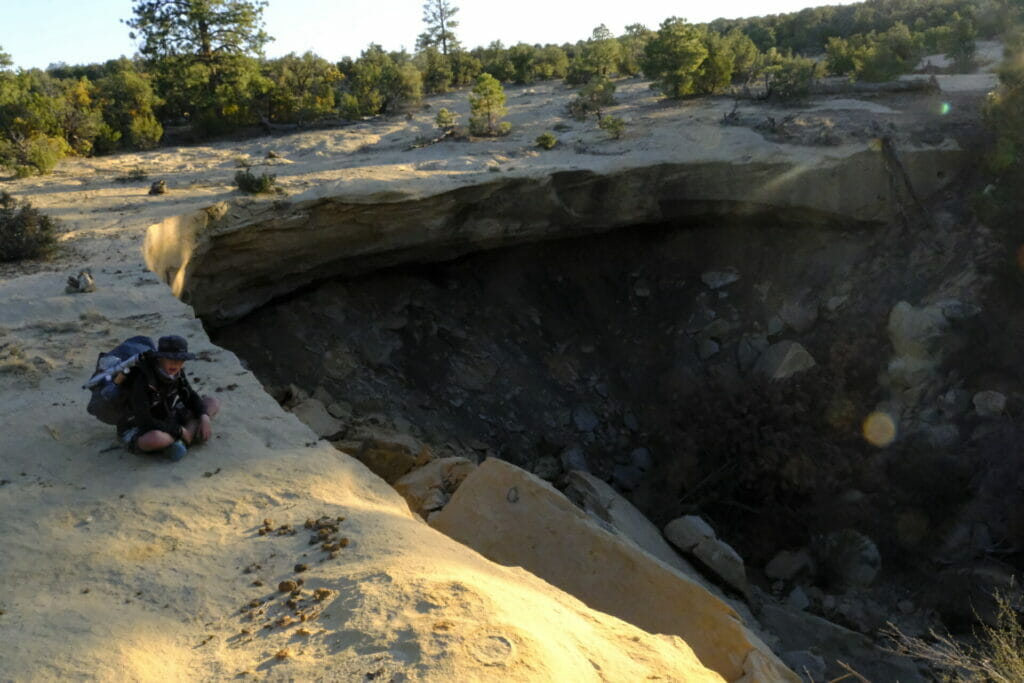
Off into the desert, the true, rugged, desert. Mesas, gorges the whole deal, nothing missing. It was hot, tiring, long, terrible, and quite possibly my favorite place on the whole trip. In the morning the temperature is so cool and the air is so clear, that I feel the urge to skip, to run, to jump from rock to rock. I have no idea why I always feel this way, but it comes in the morning and the evening, and unfortunately at around 1 a.m.
Maybe it is the smoothness of the rocks that the trail passes over, or the nice bursts of wind across the valleys, but I compare the feeling with times when I feel full of energy but have nothing to use it on. I had something to use it on here.
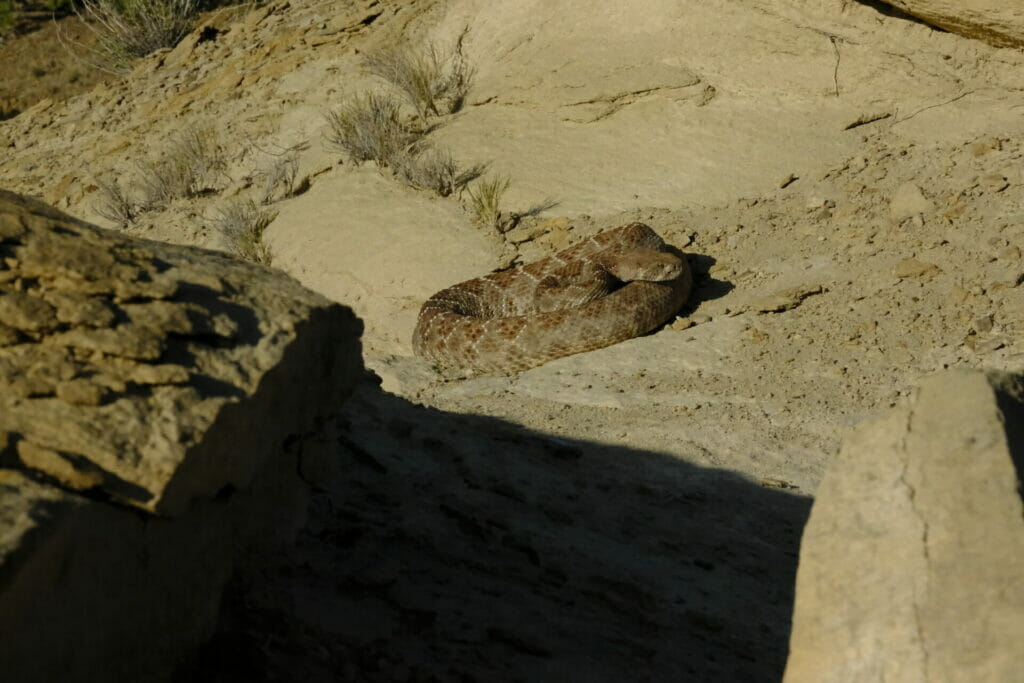
We met another hiker who went by the trail name Swingshift, who walked from noon till somewhere between midnight and 2 a.m. I think I could probably do the same thing.
Our friends, Doug and Liam must have felt this extra energy vibe too, because they kept our speed for a whole day and a half. When we finally did separate from them, we walked a few more miles into the night. That left us closer to a 2,000 foot climb.
Shockingly, late in the afternoon of the next day, they walked up on us just as we reached ou last water stop. They told us the story of their day. They simply ate lunch at the bottom of the hill, hitched a ride to the top and sat down to eat dinner with us.
Now, you have to think about exactly what that means. Sitting beside a spring in the middle of nowhere next to a old dirt road, is not the easiest place to get a hitch. I would bet that no other car drove past the trail right there for at least a week. Maybe a month. Doug and Liam were incredibly lucky to get picked up there. ”In it for the adventure,” is how Doug put it.
They decided to sleep in longer than us the next morning. But by the end of our lunch break they surprised us again. They were starting to get trail legs.
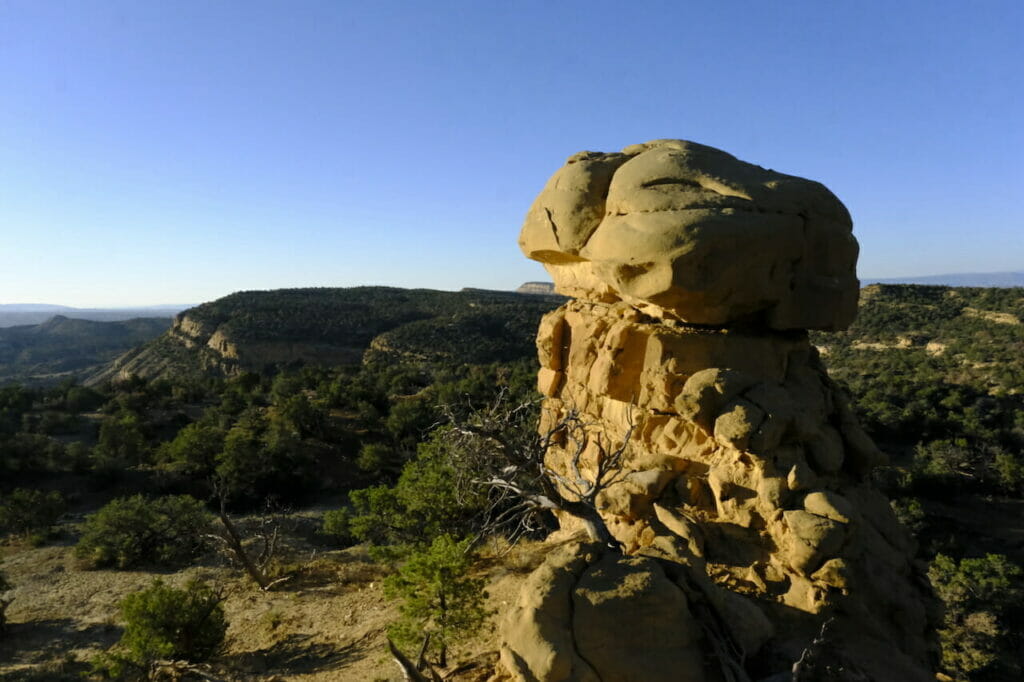
Apparently, while we had been in the desert, a forest had caught fire. Burning its way toward the trail, a little fire had closed down an 8-mile piece of the trail. What do you think we did to get around it? We took a shortcut. Roads littered the area and we took the shortest one we could. While on one of these roads, we ran into some firefighters. They had just come from the fire and, apparently, they had it 80-percent controlled.
They found us dipping water out of their storage tank. It had a dead squirrel in it and was pretty nasty. They told us we didn’t need to do that, and gave us cold water, ice tea, gummy bears, and even told us how to collect food on the trail.
We had been walking through a food source without knowing it. The trees around us were piñon pines, they had little seeds in their cones that were not only edible, but delicious. The fire fighters told us that these seeds sold for more than $30 a pound. This newfound knowledge slowed my walking speed considerably over the last few days. Every 40 feet or so, I would stop and pick some seeds off the trees, eat them, and then pick some more.
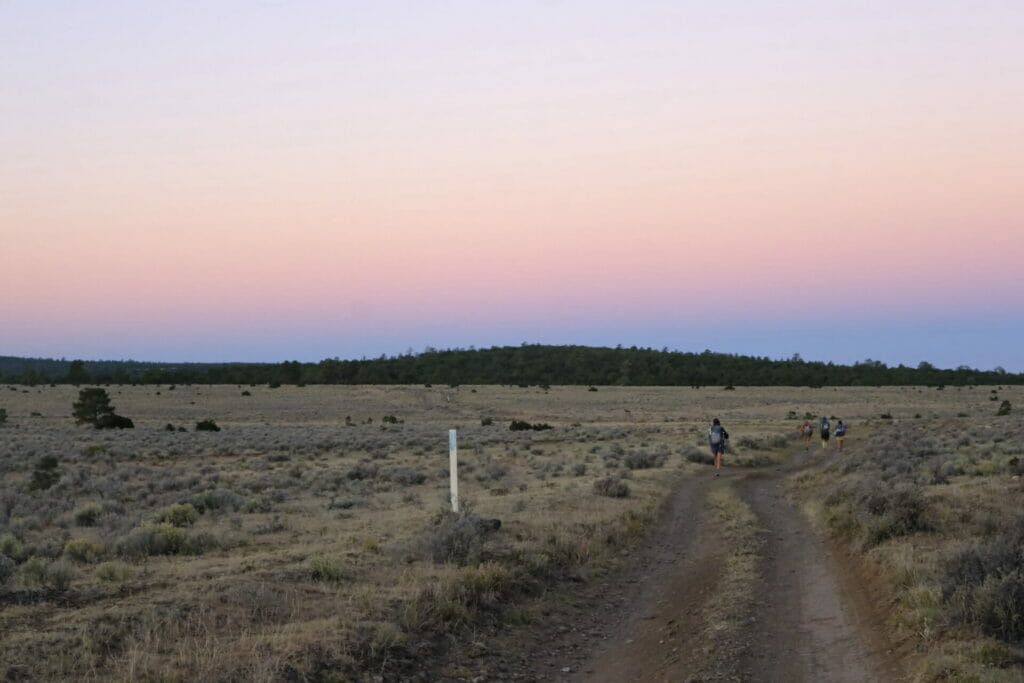
Grants is a city that was formed in a huge, wide open, pass that has a big highway and train tracks running through it. We could see the city from almost 10 miles away. We had to walk past thousands of cars, a prison, a dog park, and finally the neighborhoods on its outskirts before we got to the middle of the city. Once there, we ate at a delicious Mexican restaurant, joined up with Doug and Liam at a hotel and spent the whole afternoon taking showers and washing clothes.
The next day we would be entering the biggest stretch of no showers so far on the trail. Not the most exciting part about our trip.
Until next time,
Henry
COVID-19 note: The Strawbridge family anxiously watched as the coronavirus issue threatened their plans to do the CDT this year. After careful consideration the family made the decision to drive to Montana to start the trip to avoid any possible exposure on airplanes. None of the family members exhibited symptoms during the journey.



